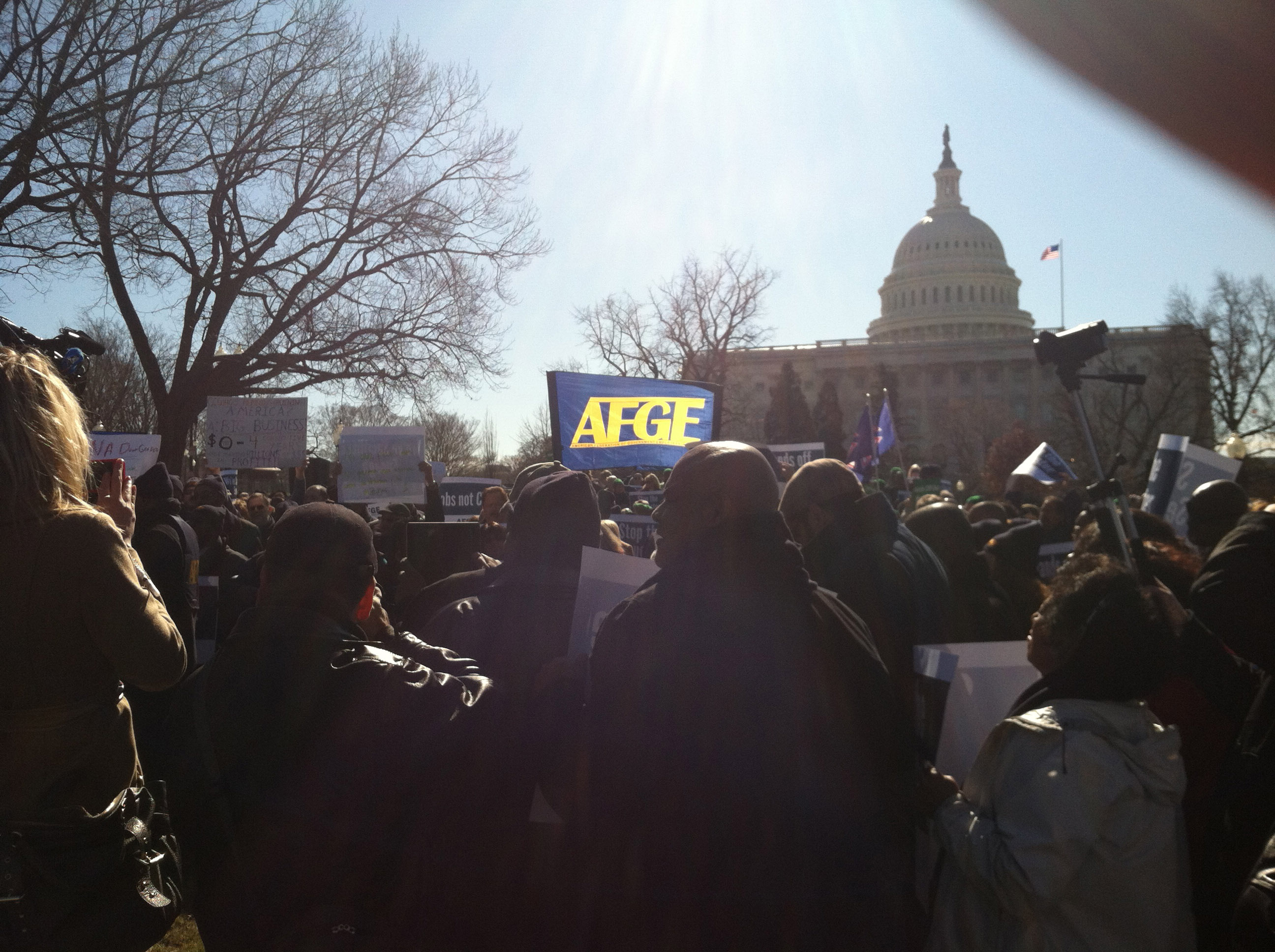Military service members stationed in most overseas locations are set to see decreases in their take-home pay starting in June because of changes in how the Defense Department calculates their cost of living adjustments (COLAs).
At issue are the overseas COLAs the Pentagon uses to ensure members outside the continental U.S. get compensated fairly. The basic idea is to make sure people stationed in Hawaii or Germany have the same purchasing power for day-to-day needs as their stateside peers at the same rank.
Last year, amid concerns about inflation, DoD decided to set a floor for all of its overseas COLAs: the department determined it wouldn’t let any of the local adjustment rates fall any further than they had in 2022, but it would still let them rise based on its surveys of how much consumer goods and services actually cost in a particular spot.
Under the new policy, which takes effect starting with the May 15 pay period, DoD will return to its prior stance of letting the COLA rates decrease as they otherwise would have. For places where the department calculates costs of living relative to the continental U.S., half of the decrease will be phased in during service members’ June 1 paychecks; the other half will take effect with their December 1 payments.
As of Wednesday afternoon, the department had not updated its COLA tables to reflect the new policy, making it impossible to determine how significant the decreases will be depending on rank and locality.
But on a conference call with reporters Tuesday, officials strongly suggested the overseas COLA rates will decline for almost everyone, compared to what they’re now receiving. They were only able to identify one location where the COLA rate would immediately rise under the new formula: Singapore. Only 167 U.S. military members are currently stationed there, according to DoD’s Defense Manpower Data Center.
But the Pentagon is emphasizing different metrics that it says will offset whatever decreases it ultimately publishes: since all military members received a 4.6% increase in their basic pay and an average 11.2% increase in their basic allowances for subsistence, most military members still will be getting larger paychecks than they would have at the same time last year, officials argue.
“While we are announcing certain reductions today, we believe that our regular military compensation is strong,” a senior Defense official told reporters on the condition of anonymity. “And for service members that may be particularly struggling, we have many different programs to work with them and make sure that we understand and address their needs.”
Also, under the new policy, combatant commanders who oversee each geographic portion of DoD’s global footprint have a new avenue to appeal DoD’s determinations about how large the overseas COLAs should be. They’ll have 45 days to let the Pentagon know that they believe its survey data on local costs is wrong.
“They need to be submitting a business case,” said another senior official who spoke on the condition of anonymity. “They’ll provide sample data: In other words, why would a new data collection now give us a different result than we received before? Was there perhaps a price spike, or perhaps a major retail outlet closed that now is causing a significant shift in how members shop, or where they shop? If it’s approved, we will be authorizing new data collections, and that will commence almost immediately.”
DoD’s determinations on how large the overseas COLAs should be are based on two separate data sources.
One, the “Living Pattern Survey,” tries to estimate how much of an average military member’s paycheck goes toward different types of shopping. How much goes toward their local base’s Exchange, compared to online shopping and local merchants?
Another, the “Retail Price Schedule,” tries to estimate how much it might cost to fill a theoretical shopping cart with 150 everyday items overseas, and how much those prices would differ from what consumers in the continental U.S. would expect to pay for the same items.
DoD’s compensation to military members for housing and utility costs are set separately. The basic allowance for housing is calculated under a different formulation based on local rent surveys, and like the COLA payments, are treated by the IRS as non-taxable income.
Copyright
© 2024 Federal News Network. All rights reserved. This website is not intended for users located within the European Economic Area.

